Climate Change, Clean Energy Transition, and now COVID-19
We have our hands full, don’t we? While we are still experiencing p anetary climate change, and all of the issues and extreme weather events associated with the changes in our atmosphere and weather worldwide; coincidentally now we have a tiny organism to deal with which has the ability to sicken millions and kill tens of thousands. Yes, humanity’s plate is full and as a civilization we will rise to the occasion. Our challenge is to focus on the short term and long term issues before us.
COVID-19 will extract an enormous toll on lives, economies, politics and the social structures that bind us together. With this challenge the power of Science has now entered the fray and over 900 peer reviewed research papers have been published in the first 10 weeks of 2020 alone. These included studies on the structure of the virus, how it spreads, potential targets for drug intervention, psychological effects on us all, and ultimate recovery.
In time, as history suggests however, it will pass, we will heal, a vaccine will become available, and we will carry on. But, and it is a big but, we will still be facing the existential threat of climate change, and impact of global warming. This problem, unlike COVID-19, will not be going away anytime soon.
The steps to deal with climate change are still moving forward even in this time of “lockdown” and “social distancing.” The need to move from fossil fuels and reduce carbon dioxide emissions is becoming more recognized and understood by more people. The ideas and solutions to do so illustrate our capabilities and creativity. Renewable energy to power our activities is now embedded in the policies and practices of countless people, hundreds of companies, numerous cities and many governments.
One company making a difference in this energy transition is Target [see photo]: in a pledge made in 2017 it has now installed solar panels on 500 of its stores.
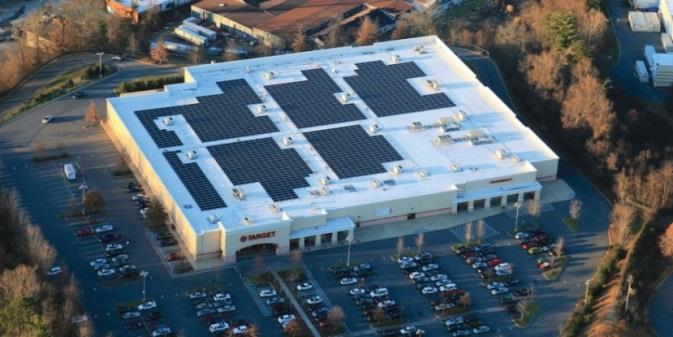
Let’s take a look at some of this progress.
Look at Norway for instance. In the circular chart, labeled “February 2020 Norway Passenger Auto Registrations” is one example of a transformative change to renewables happening right now. In February 68.1% of all new car registrations were either plugin hybrids or full electric vehicles [EV’s]; only 20% were either “Petrol” or “Diesel” powered vehicles. How come?
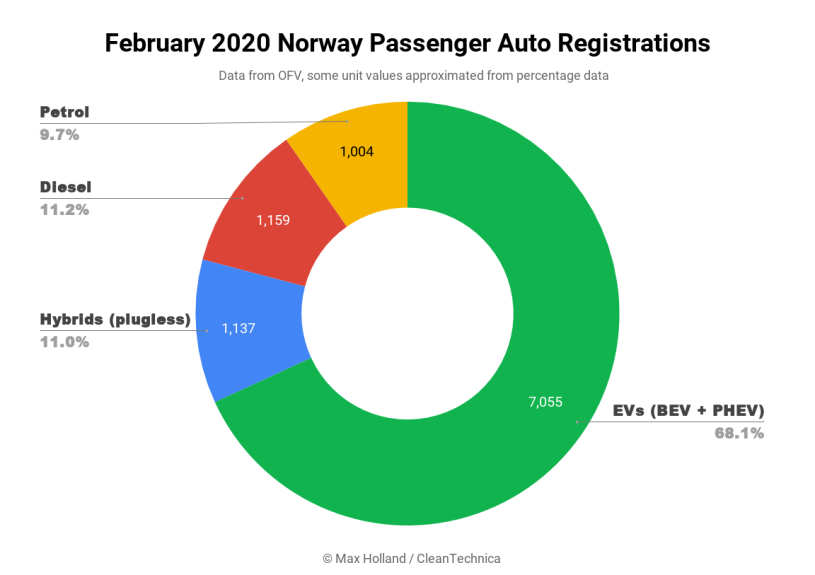
Government policies are responsible for this progress. An EV can go in a special lane normally only used by mass transit; they also have free parking, financial incentives and more.
And while this EV ‘revolution in the streets’ is going on, Norway is still a major producer of fossil fuels [offshore oil and gas]; but its National Wealth Fund valued at about $1 trillion is divesting from companies involved in fossil fuels! This is one example of a set of policies, seemingly contradictory but with a focused goal addressing the ‘clean energy’ transformation, that needs to be, and is being done.
Sweden is also making progress in getting EV’s on the road. In another circular chart labeled “Sweden Passenger Auto Registrations” for the one year ending in January 2020, EV’s went from 12.7% to 30.3% of all new vehicle registrations. A similar chart exists for the United Kingdom and for that same time period new EV registrations tripled to almost 7%.
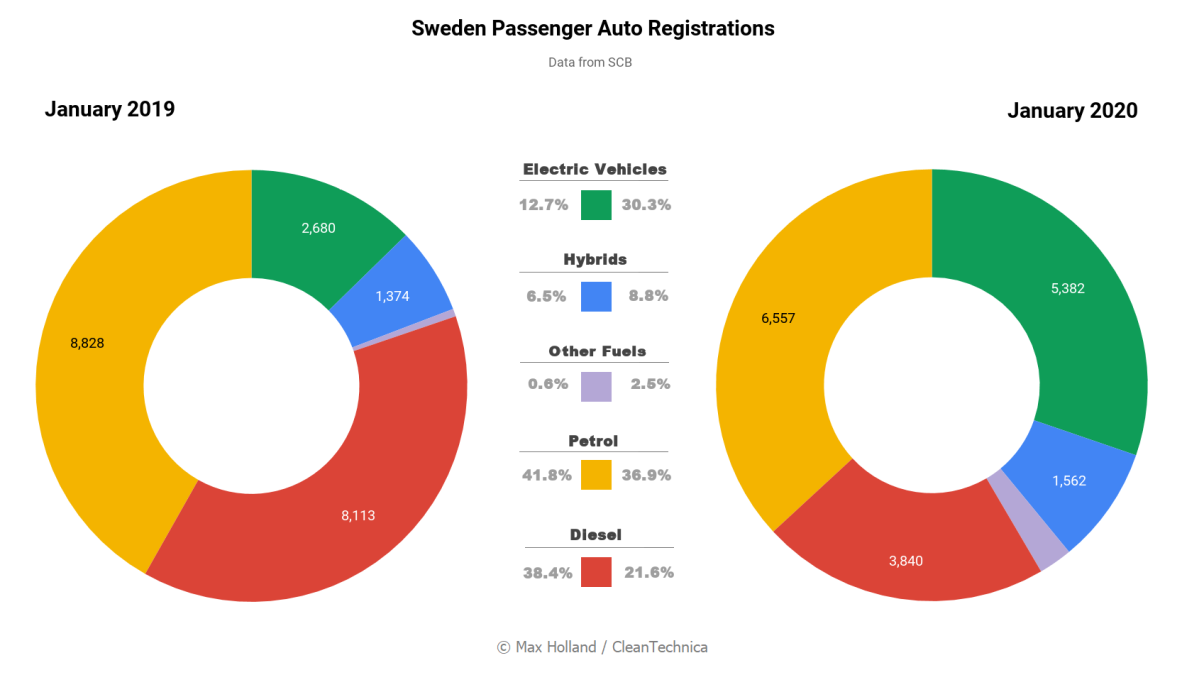
Germany’s transition to renewables has been particularly complex. Initial progress towards renewables was complicated by the Fukushima tsunami nuclear power disaster in Japan. The citizens of Germanysaid “No” to nuclear power. They could not accept the fact that even with meticulous care and sophisticated engineering an accident might happen with the resulting loss of thousands of square miles of their country for generations due to nuclear contamination. The decision was made to shut down a/o retire all 17 nuclear power plants by 2022. This raised the bar for a more rapid shift to renewables, and investments in wind and solar energy soared.
The net result is that for the 1 st Quarter 2020, Germany reached 52% of its electricity needs coming from renewables; for February 2020 alone, a record of 61% of all electricity from renewables was made. Now this is for a country of 85 million people and with the 4 th largest economy in the world. It can be done. It is not easy, it is a bit messy and uneven but decarbonizing a large economy can be done.
The United States is also undergoing a transition from fossil fuels to renewables. Note the vertical bar chart titled, “New U.S. electricity-generating capacity additions, 2010-2019.”
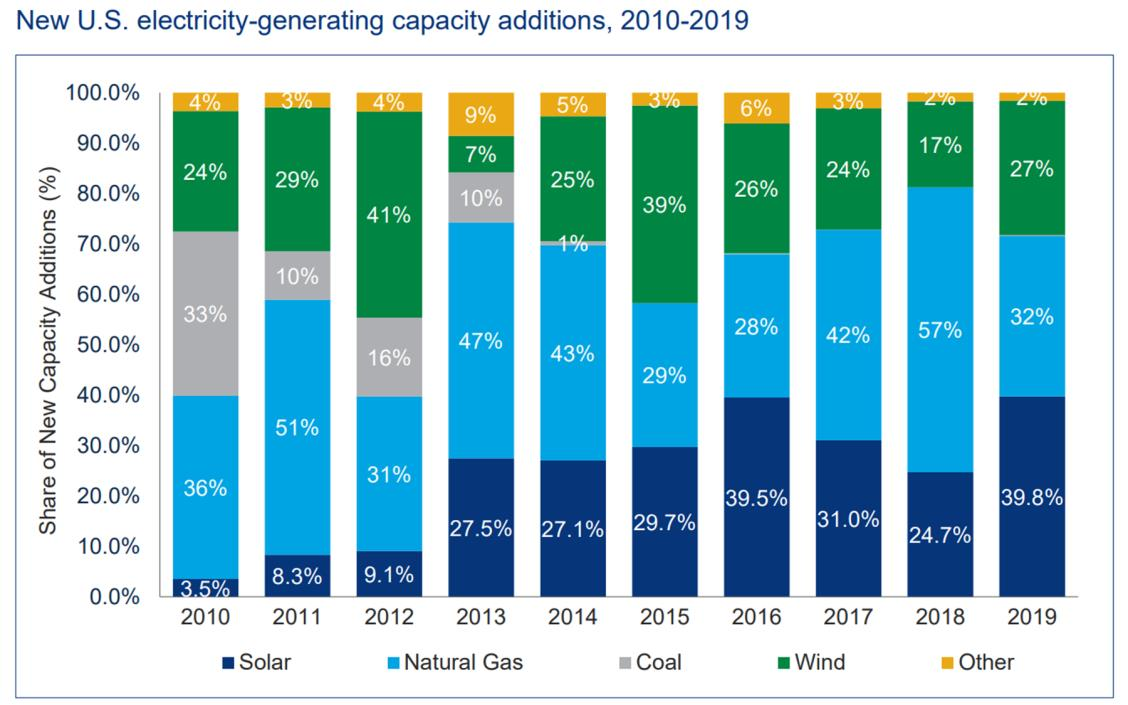
There is a lot of information here that shows a remarkable shift in the way we produce the electricity we all use. Along the bottom of the chart we see five different sources of electricity generation, including Solar, Natural Gas, Coal, Wind, and Other. The vertical bar indicates the percentages of each of these kinds of energy generation installed in a given year.
When we look at the year 2010, at the far left, we see 3.5% Solar, 36% Natural Gas, 33% Coal, 24% Wind and 4% other. Thus about 71% of the added generating capacity for this year is based on fossil fuels [Natural Gas and Coal], with 27.5% coming from Solar and Wind.
Now look at the year 2019 at the far right.
Here we see 39.8% Solar, 32% Natural Gas, 27% Wind and 2% Other were added. Notice: no new coal burning plants were built! So for 2019 only 32% of added generating capacity was from fossil fuels [Gas}, while almost 67% was based on renewables.
This is part of a major energy transition and it is happening right now.
The U.S. electrical grid is getting cleaner.
See bar chart from Inside Climate News, “Solar Forecast Shows Virus Effects.” It illustrates the potential impact of COVID-19 on the forecast for solar installations globally for 2020. So the virus will probably slow up the clean energy transition but the progress over the past 10 years has been strong.
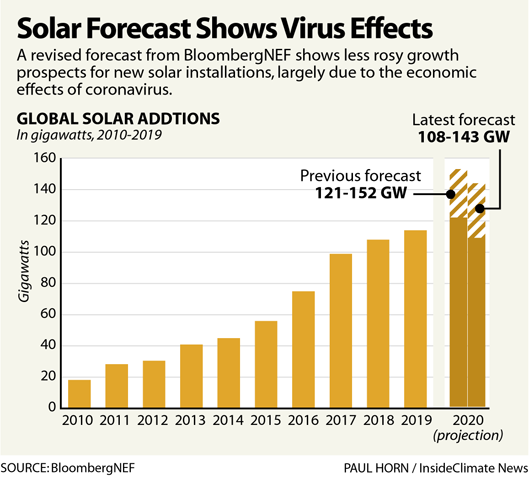
The scientific career of Raymond N. Johnson, Ph.D., spanned 30 years in research and development as an organic/analytical chemist. He is currently founder and director of the Institute of Climate Studies USA (www.ICSUSA.org). Climate Science is published monthly.



